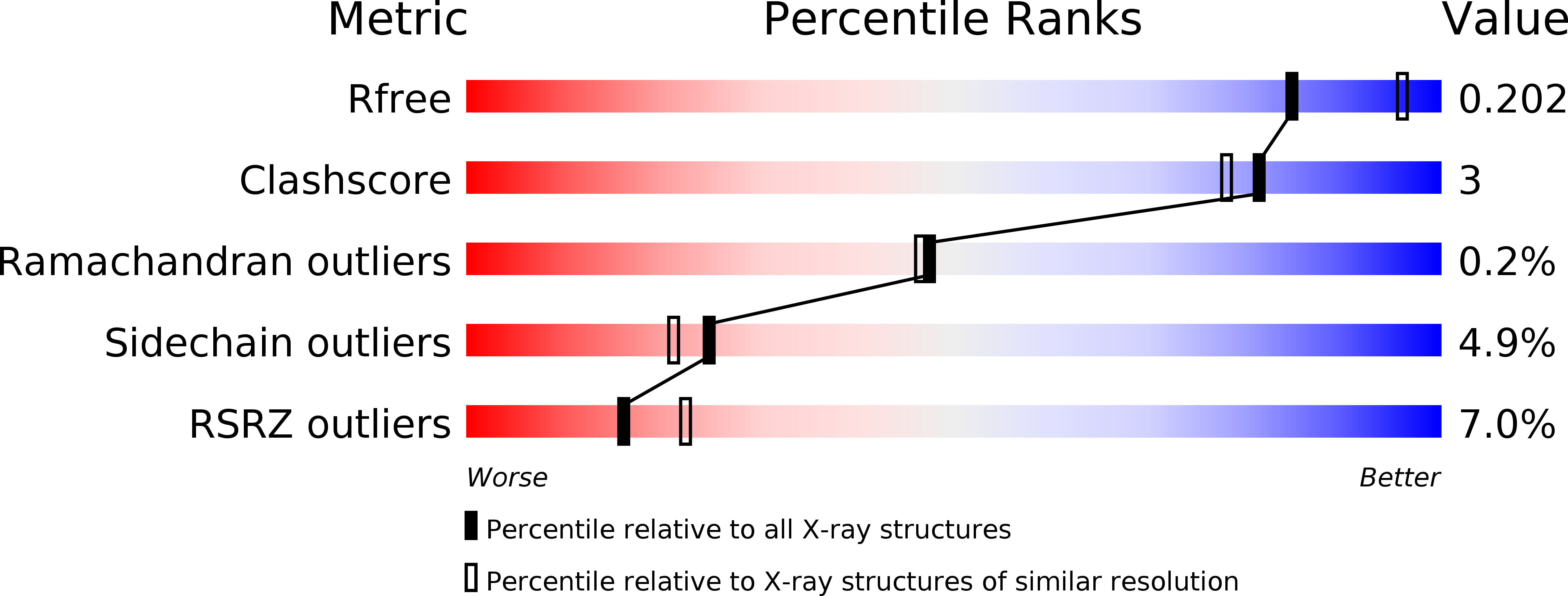
Deposition Date
2013-06-18
Release Date
2013-09-25
Last Version Date
2024-05-08
Method Details:
Experimental Method:
Resolution:
2.16 Å
R-Value Free:
0.19
R-Value Work:
0.17
R-Value Observed:
0.17
Space Group:
C 1 2 1


